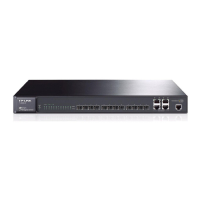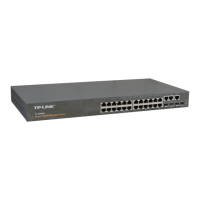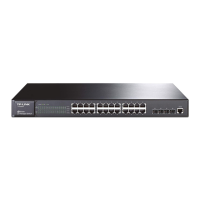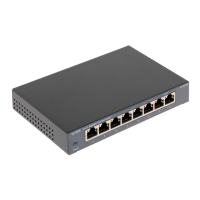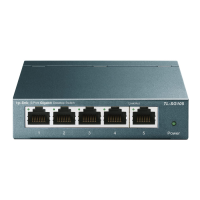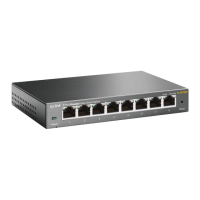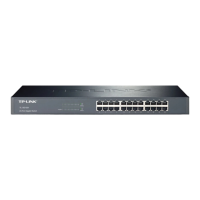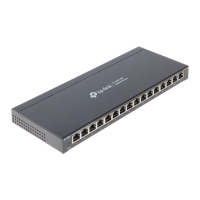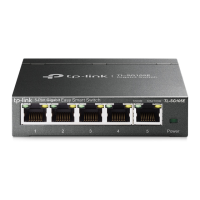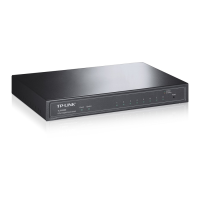Figure 6-11 Enable VLAN VPN for Port
Select your desired port for VLAN VPN function. All the ports are disabled for VLAN VPN function
by default.
Configuration Procedure of VLAN VPN Function:
Step Operation Description
1 Enable VPN mode. Required. On the VLAN→VLAN VPN→VPN Config page,
enable the VPN mode.
2 Configure the global TPID. Optional. On the VLAN→VLAN VPN→VPN Config page,
configure the global TPID based on the devices connected
to the up-link port.
3 Set the VPN up-link port. Required. On the VLAN→VLAN VPN→VPN Config page,
specify the desired port to be the VPN up-link port. It’s
required to set the port connected to the backbone
networks to be up-link port.
4 Create SP (Service
Provider) VLAN
Optional. On the VLAN→802.1Q VLAN page, create the
SP VLAN. For the steps of creating VLAN, please refer to
802.1Q VLAN
.
6.6 GVRP
GVRP (GARP VLAN Registration Protocol) is an implementation of GARP (generic attribute
registration protocol). GVRP allows the switch to automatically add or remove the VLANs via the
dynamic VLAN registration information and propagate the local VLAN registration information to
other switches, without having to individually configure each VLAN.
GARP
GARP provides the mechanism to assist the switch members in LAN to deliver, propagate and
register the information among the members. GARP itself does not work as the entity among the
devices. The application complied with GARP is called GARP implementation, and GVRP is the
implementation of GARP. When GARP is implemented on a port of device, the port is called
GARP entity.
The information exchange between GARP entities is completed by messages. GARP defines the
messages into three types: Join, Leave and LeaveAll.
Join Message: When a GARP entity expects other switches to register certain attribute
information of its own, it sends out a Join message. And when receiving the Join message
from the other entity or configuring some attributes statically, the device also sends out a Join
message in order to be registered by the other GARP entities.
66
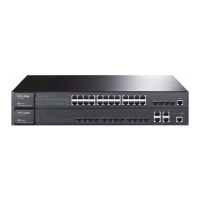
